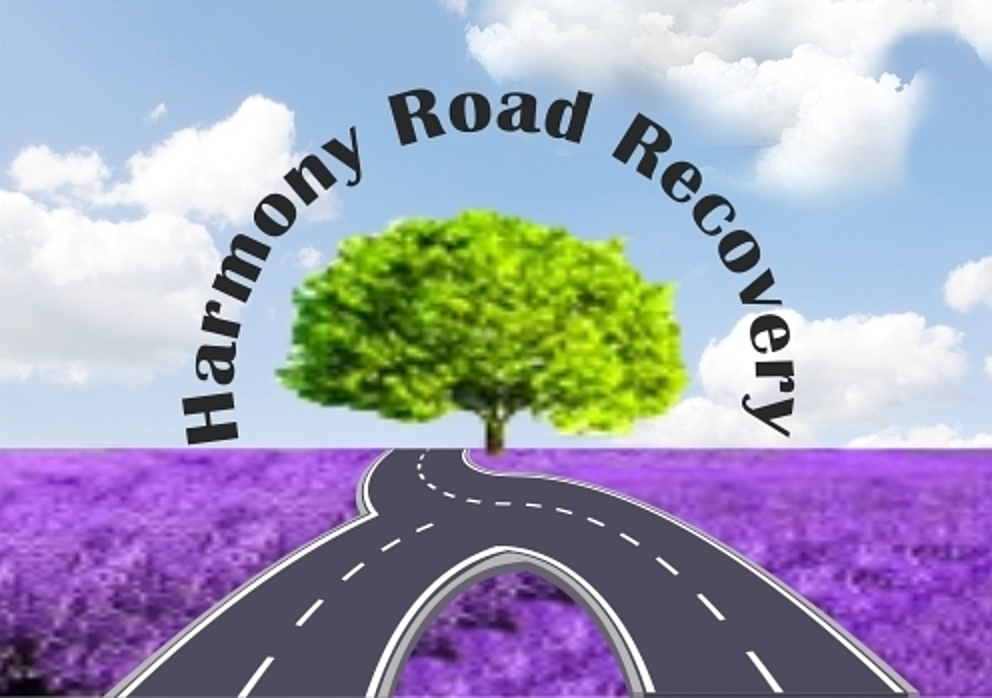Substance abuse is a complex issue that can have profound effects on individuals and communities, and it’s important to approach this topic with sensitivity and respect for the cultures and histories of Native American peoples.
Substance abuse within Native American communities is often influenced by a combination of historical, socio-economic, cultural, and psychological factors. Here are some key points to consider:
- Historical Trauma: Native American communities have a history of colonization, forced displacement, cultural suppression, and other traumatic events. These historical traumas can contribute to a sense of loss, identity issues, and a lack of resources that may contribute to substance abuse.
- Cultural Factors: Cultural practices, values, and traditions play a significant role in the lives of Native American individuals and communities. However, the erosion of cultural practices due to historical factors can lead to a sense of disconnection, which some individuals might try to cope with through substance use.
- Socio-Economic Challenges: Many Native American communities face socio-economic challenges, including high rates of poverty, limited access to quality healthcare, education, and employment opportunities. These factors can contribute to stress and create an environment where substance abuse becomes a way of coping.
- Lack of Access to Treatment: Some Native American communities may have limited access to mental health and substance abuse treatment facilities. Geographical isolation and underfunding of healthcare services can make it difficult for individuals to seek help for substance abuse issues.
- Cultural Competence in Treatment: Effective treatment for substance abuse within Native American communities requires a culturally sensitive approach. Healthcare providers need to understand and respect traditional healing practices and incorporate them into treatment plans.
- Community-Based Approaches: Many successful substance abuse programs within Native American communities are community-driven. These programs involve elders, spiritual leaders, and other community members in the healing process.
- Prevention and Education: Prevention efforts should focus on addressing risk factors early on. This might involve culturally appropriate education about the risks of substance abuse and building resilience within communities.
- Supporting Family Units: Strengthening family relationships and support networks can be crucial in preventing and addressing substance abuse issues.
- Advocacy and Policy Change: Advocacy for better funding for healthcare services, mental health programs, and substance abuse treatment facilities in Native American communities is essential.
- Data Collection and Research: Collecting accurate data about substance abuse rates and its impacts within Native American communities is essential for creating effective interventions and policies.
Remember that each Native American community is unique, with its own cultural practices and challenges. When discussing or addressing substance abuse within these communities, it’s important to collaborate with community members, leaders, and organizations to ensure a respectful and culturally sensitive approach.




